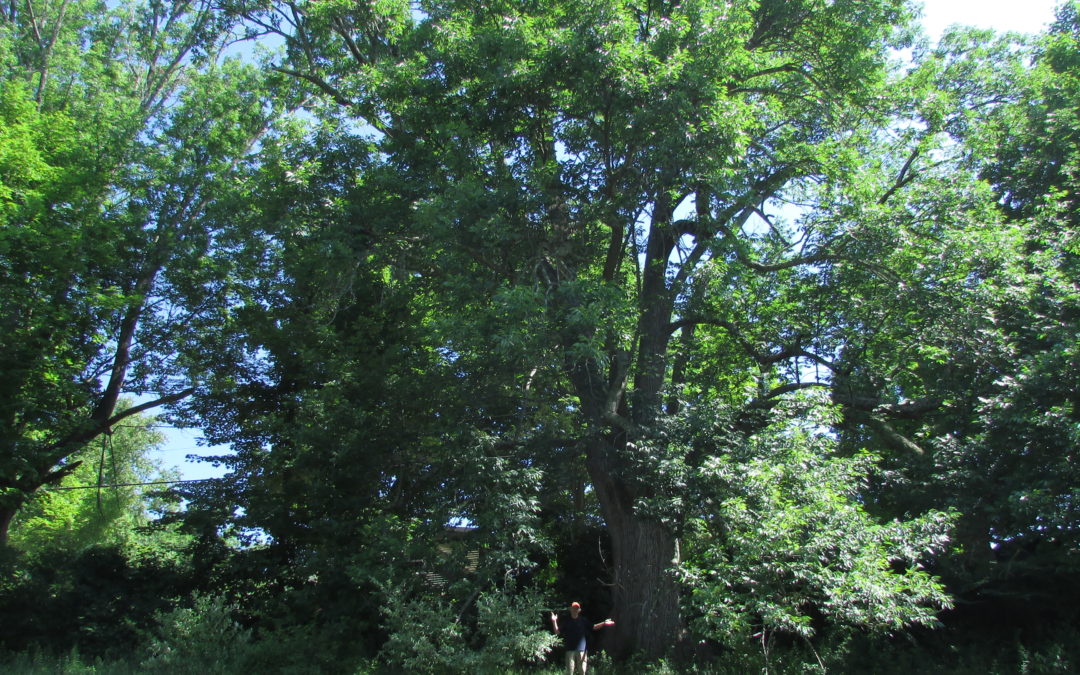The hunt for large trees in New Hampshire is a delightful pasttime, which is why I have written about it many times.
But another story is always fun, so check out this piece from New Hampshire Bulletin, the independent online news source, which notes the climate-change angle. (There’s always a climate-change angle.)
While it’s “mostly just fun,” Wallace said, the whole affair speaks to the significance of larger, older trees in the broader ecosystem, particularly through a climate change lens.
“Big trees do have a large role to play in taking up carbon,” Wallace explained. “They are such major repositories of carbon. A big oak, a big pine, a big sugar maple. The big trees are really good at absorbing a lot more. They photosynthesize very efficiently.”
That’s why “old growth” forests are so important, scientists say, because they can trap much more carbon – the leading greenhouse gas contributing to climate change – than newly planted or younger trees. Last year, a new analysis of more than 20,000 trees also showed that old-growth trees are more tolerant of drought and may be better at withstanding future climate extrem


 Return to the Concord Monitor
Return to the Concord Monitor
It would be interesting if there could be an easy and accurate way to factor in the age of large tree winners, but I can also understand the complications of doing so. I often wonder about the age of enormous trees I’ve seen; for example, behemoth redwood trees I’ve seen in California. Imagine seeing living trees that were saplings when the earliest cathedrals were being built in Europe (e.g., St. Denis, France, mid-12th C.).
While not as old as redwoods, I miss the towering elms on Main Street in Concord, and elsewhere in town in the 1970s.